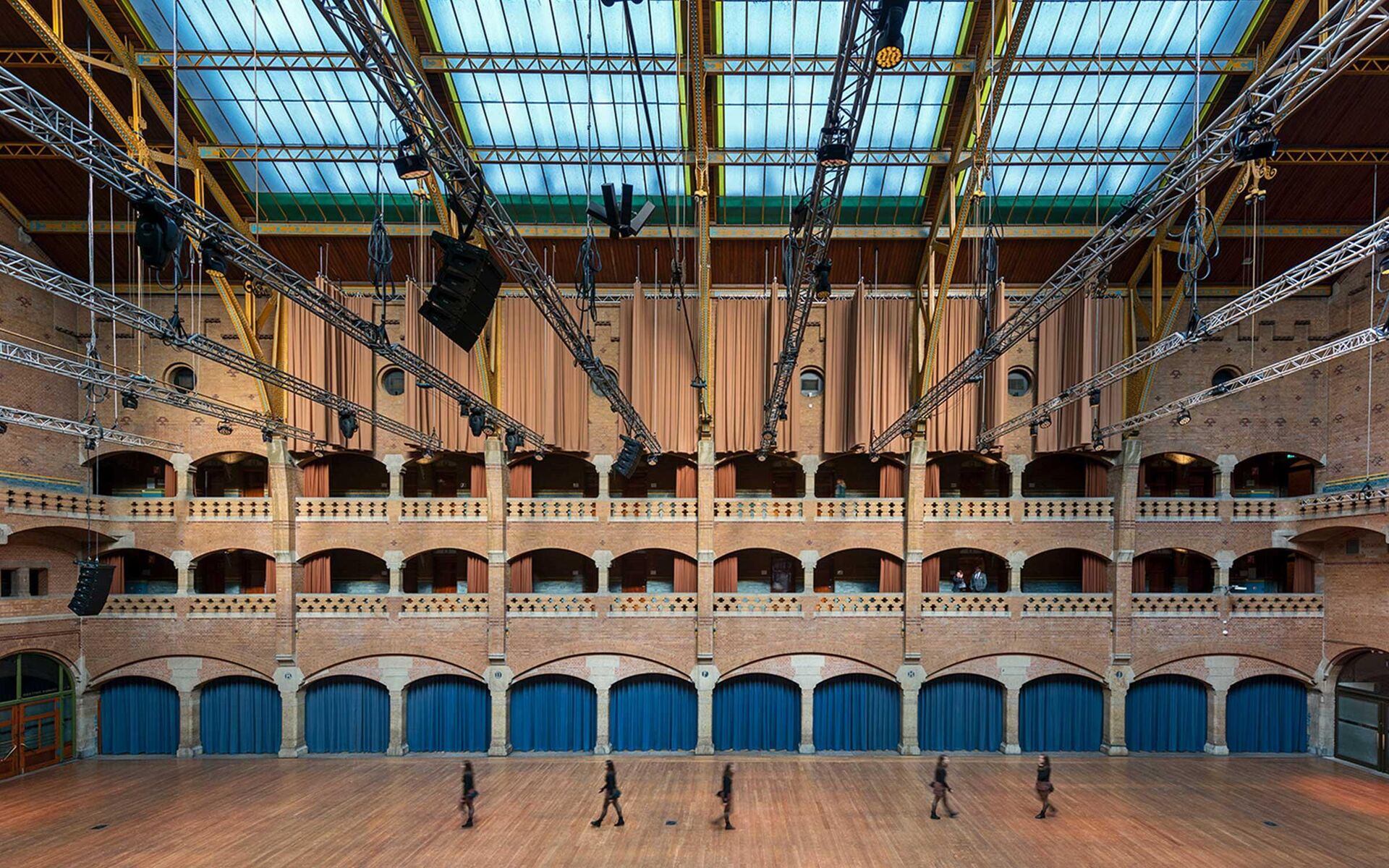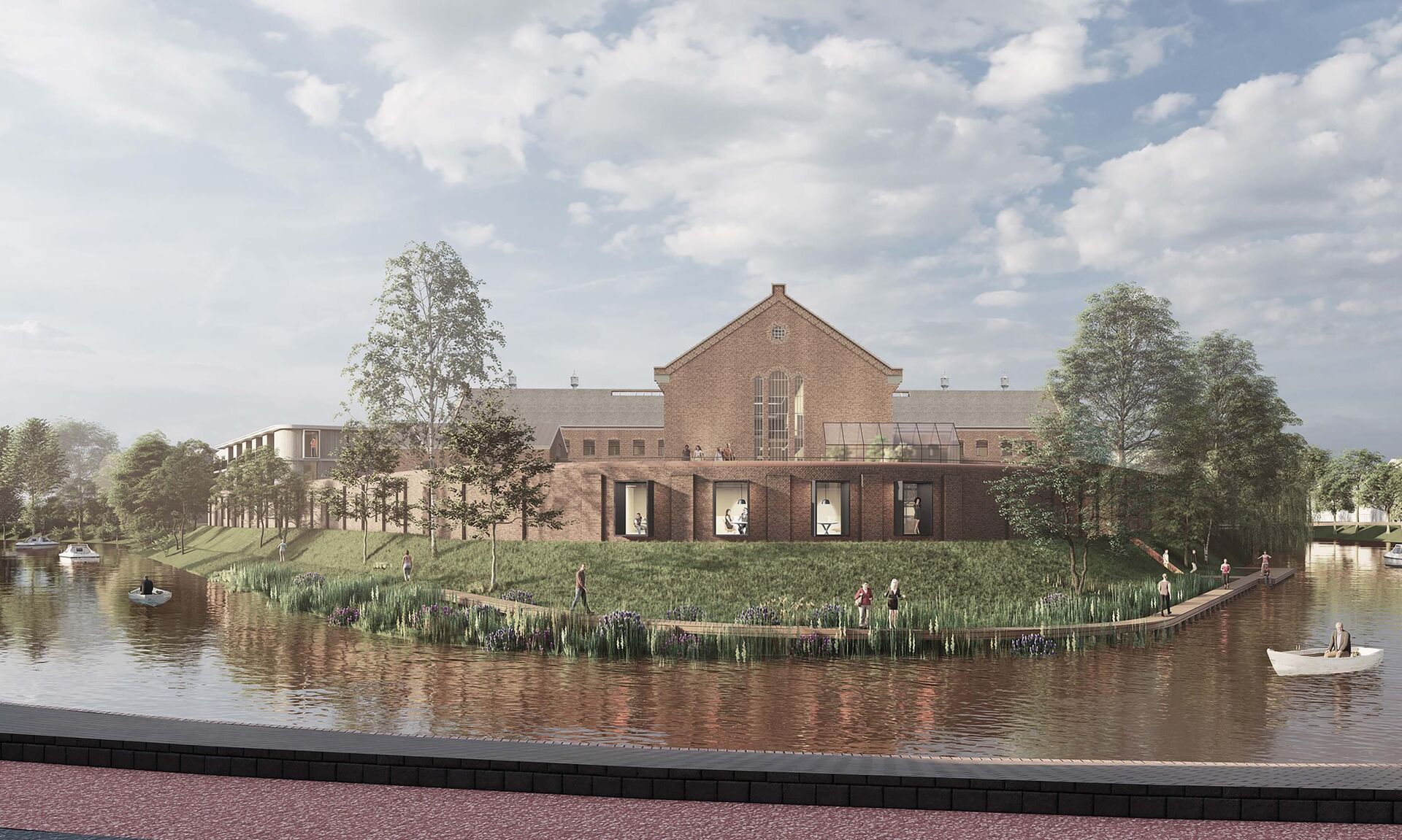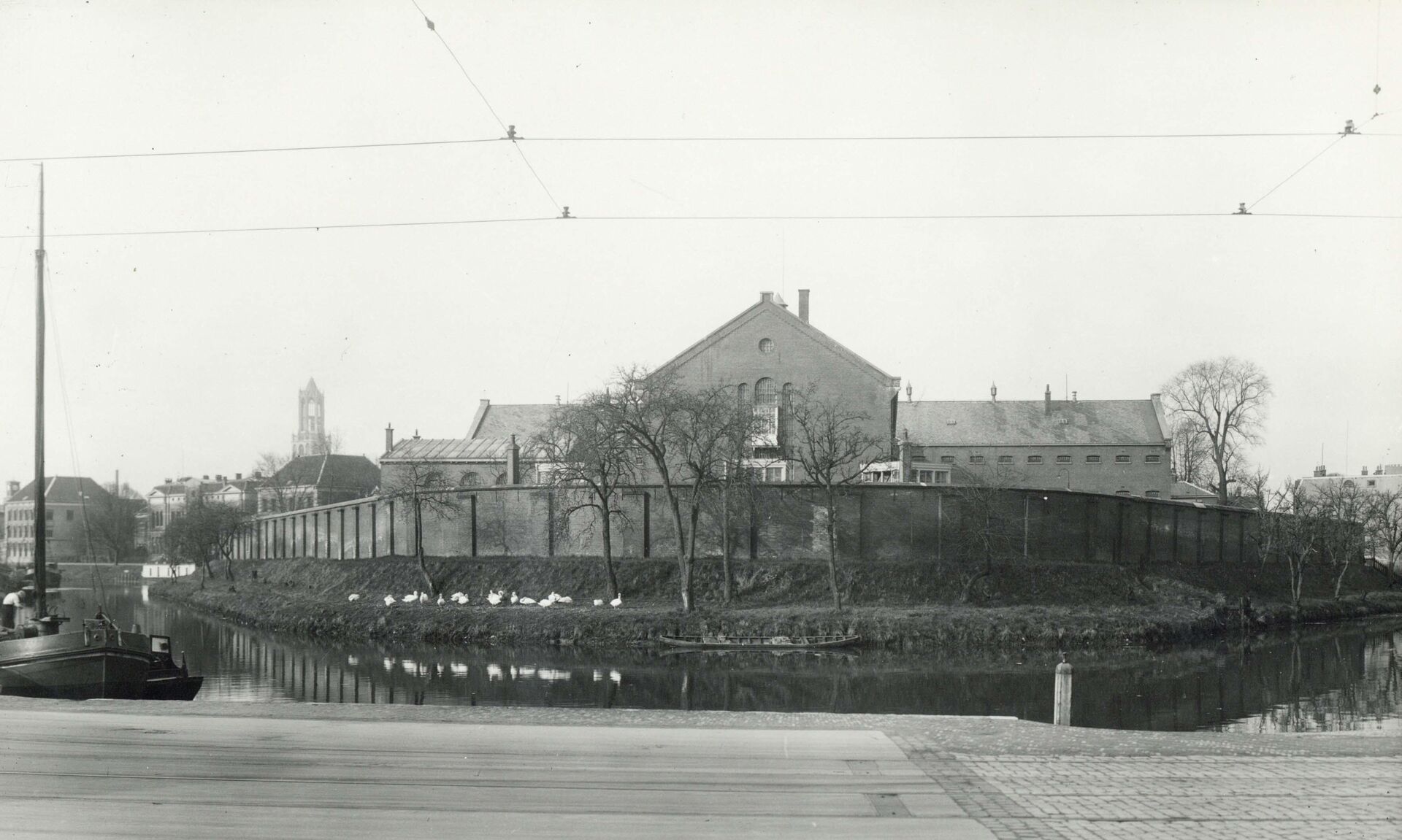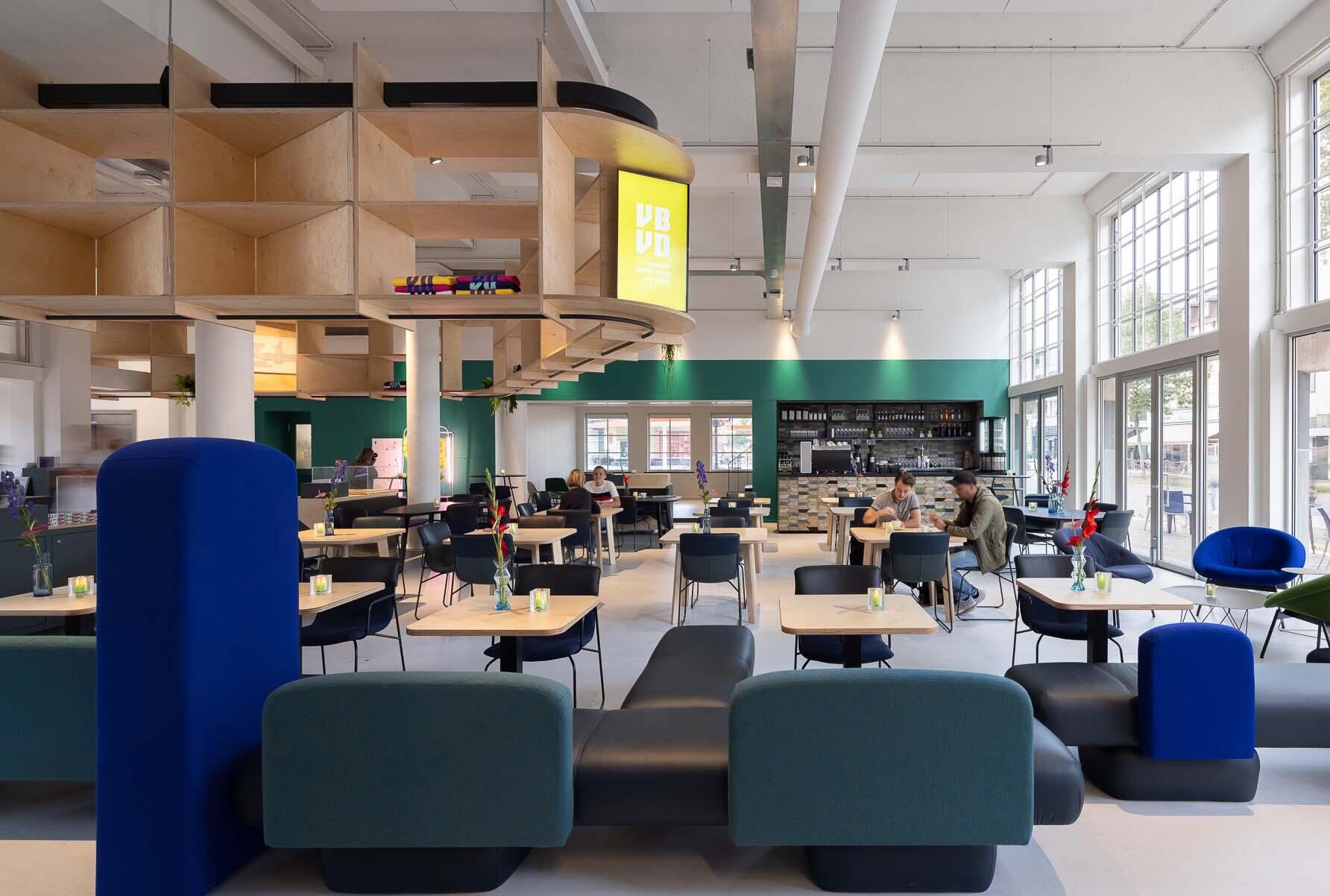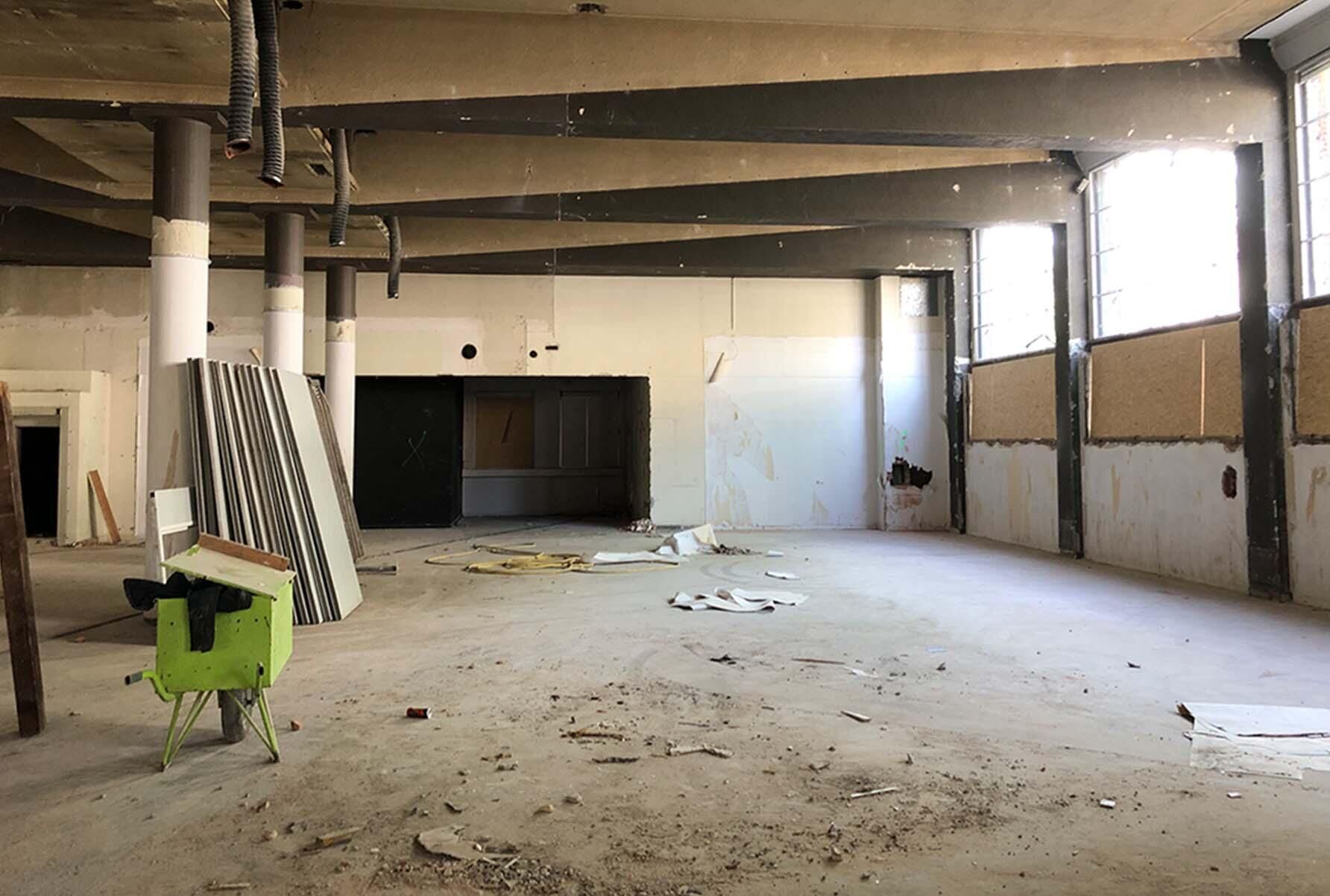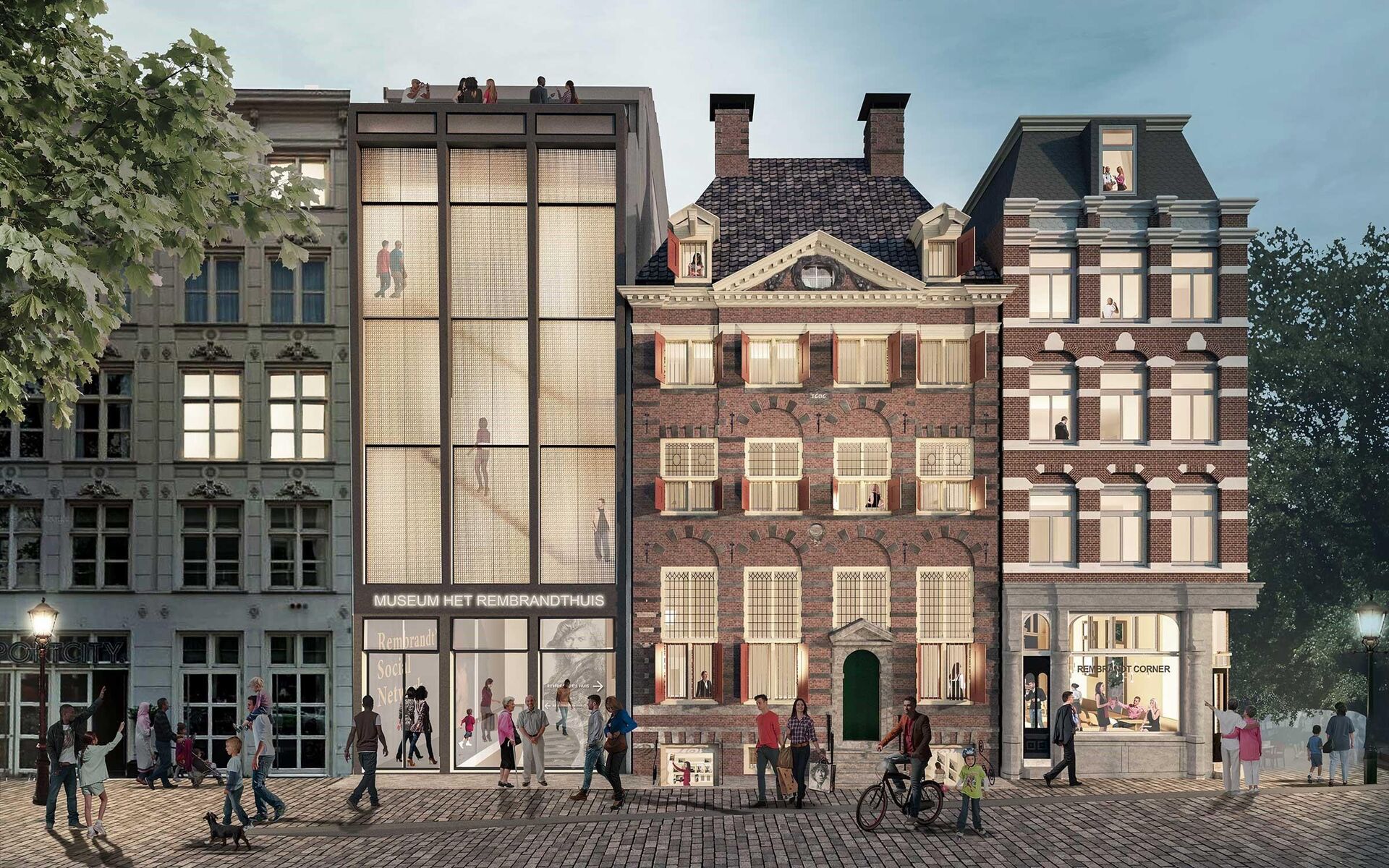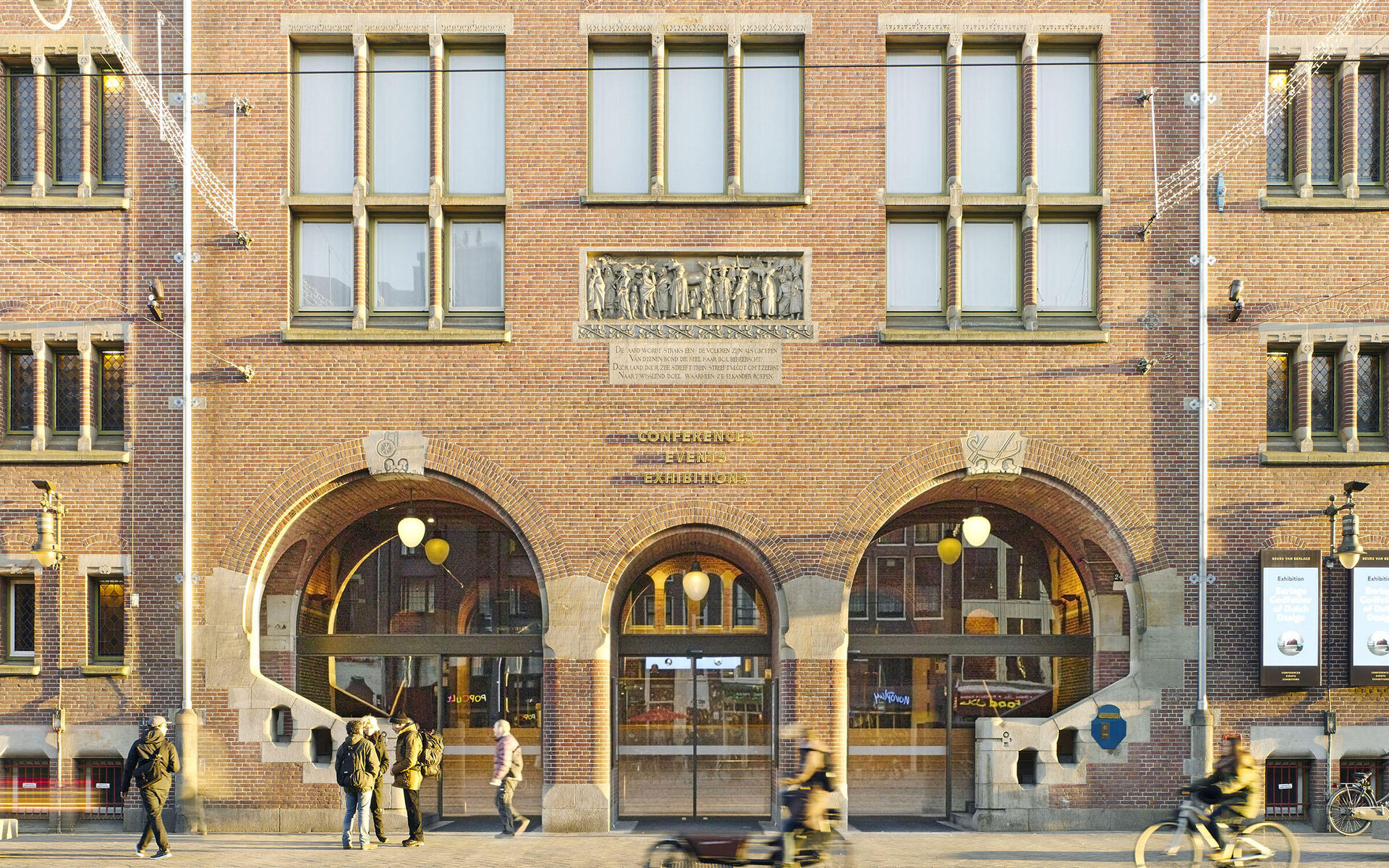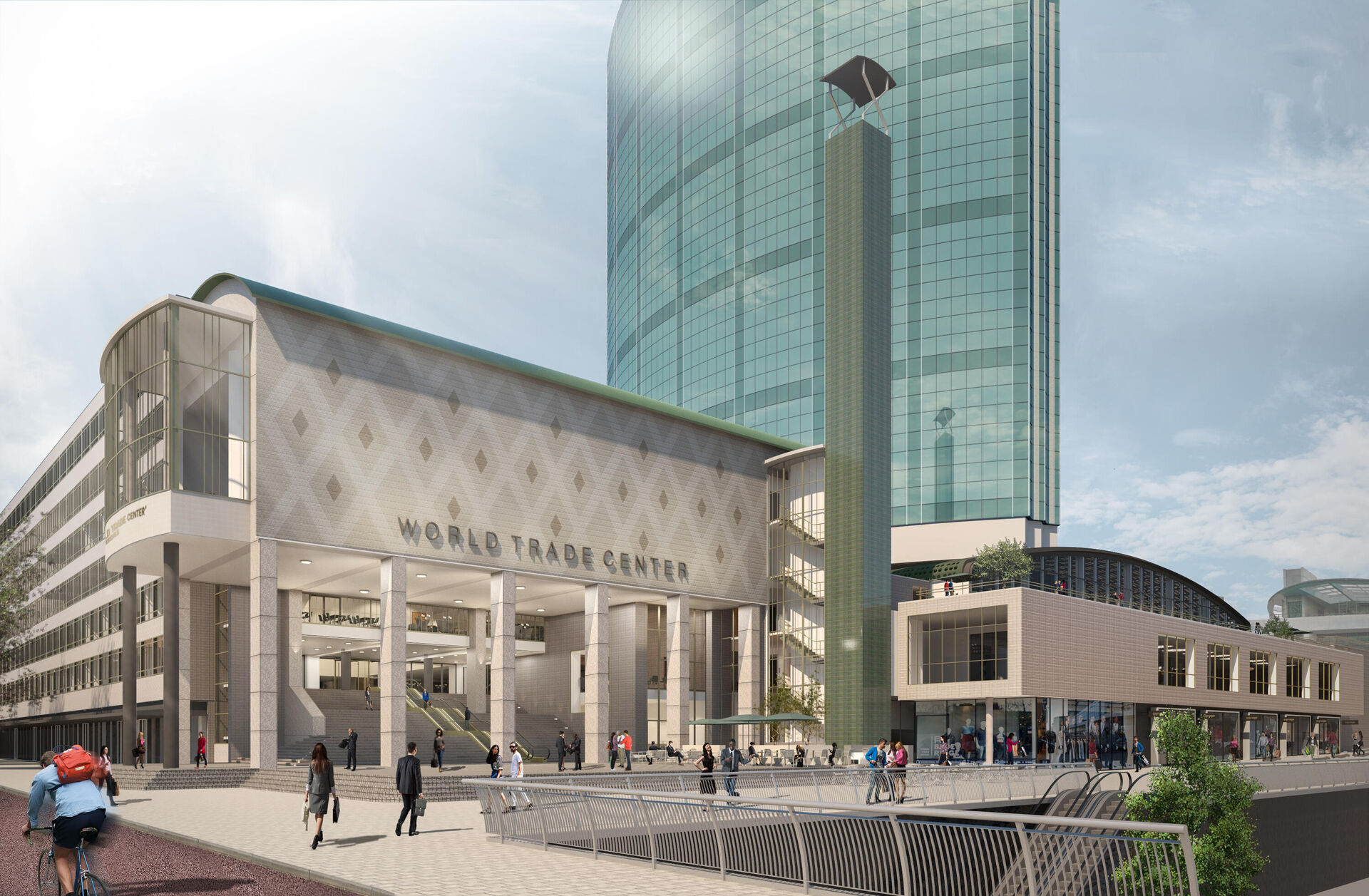BiermanHenket is a recognized ERM restoration architecture and consultancy firm. The office works on the restoration of buildings from the 17th to the 20th century. Where specific specialist knowledge is required, we collaborate with external specialists. The office works according to the guidelines of the BRL1000 (Assessment Guideline for a Recognized Restoration Architectural Firm), URL1001 (Implementation Guideline for Restoration Vision and Design), and the URL2001 (Implementation Guideline for Architectural Advice on Monuments) of the ERM.
Restoration plan
A restoration or renovation plan starts with a thorough analysis of the cultural-historical values present. This is done in collaboration with architectural historians, building historians and color researchers. In addition, the functional, spatial and technical design of the building is studied in combination with the desired adjustments. After formulating the core values of the building or building complex, a vision of the assignment is elaborated. It deals with urban planning, functional, spatial and technical aspects. We are working in variants to explore the possibilities.
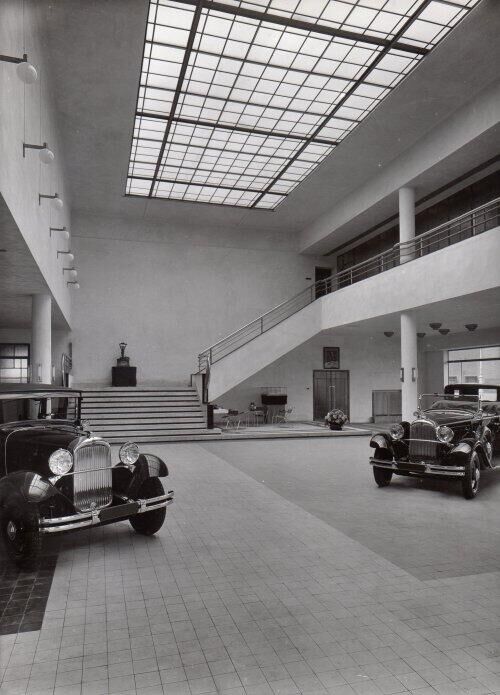
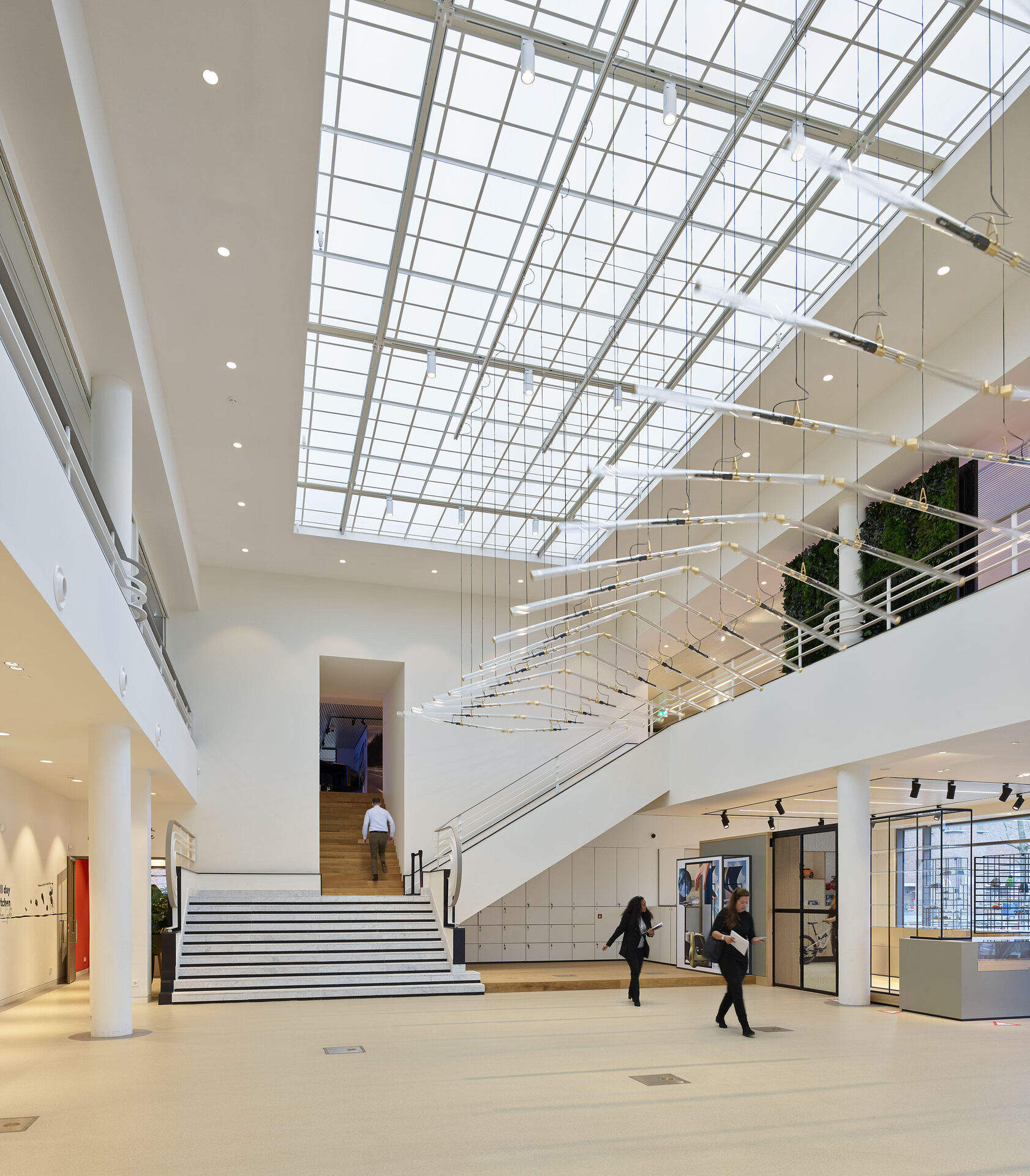
Adaptation to the present day while preserving the cultural-historical value
An important part of the planning is the design for sustainability and the integration of new technology. This is done in collaboration with an installation consultant, construction physicist and structural engineer. Making a BIM model in combination with a recording and historical research ensures that optimal knowledge is created of the existing building. We value the existing and adopt a serving attitude. At the same time, it is important that heritage can be used and kept alive and up to date. We strive for a balance between conservation and innovation. The restoration ladder is used in the considerations. When adapting the existing, we strive for simplicity in technology. The application of healthy and biological materials is an important starting point. Circular design is pursued.
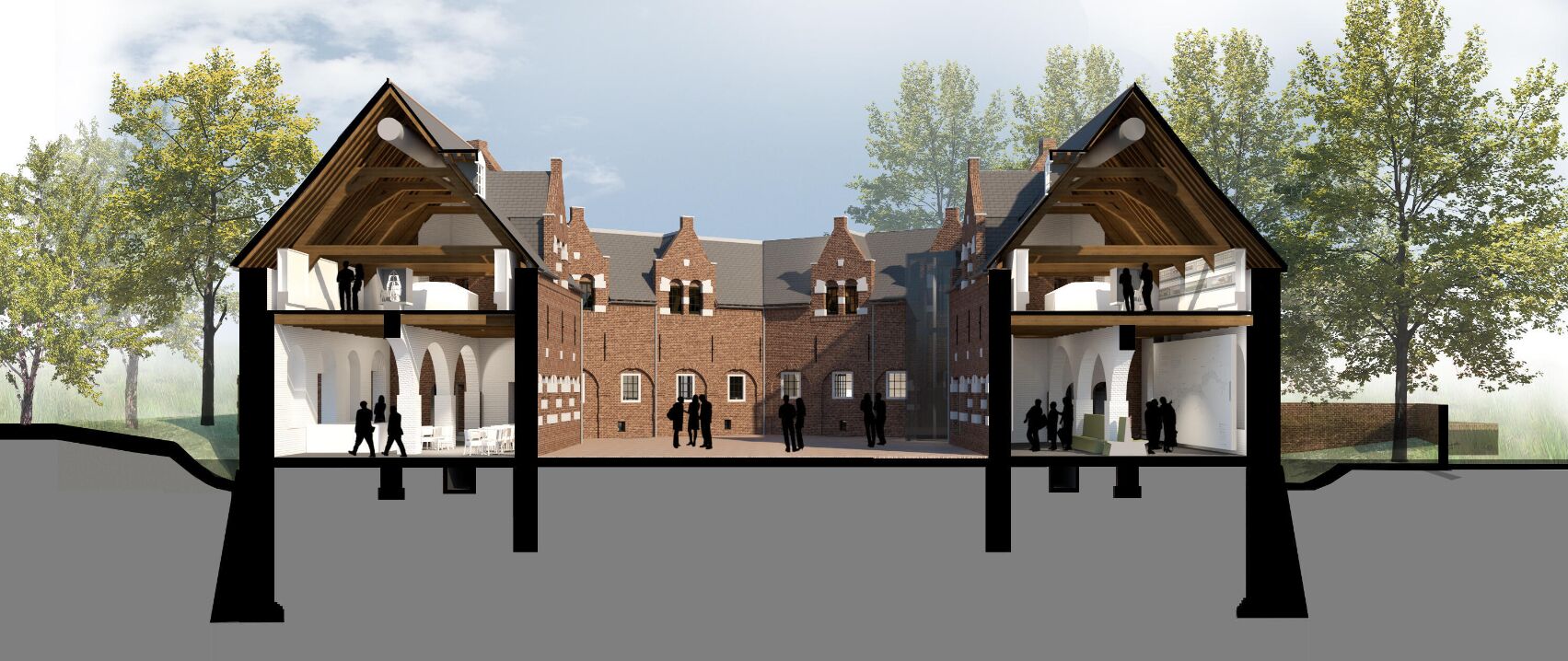
“The audit team came across a well-organized office with a pleasant, open, collegial atmosphere. Management, partners and employees seem to have a good feel for each other. BiermanHenket has a specific identity that expresses itself in an in-depth design attitude, also when it comes to intervention and restoration. As indicated in the management review, the 'traditional', artisanal restoration work is a subject on which the office wants to develop."
ERM audit report - june 2022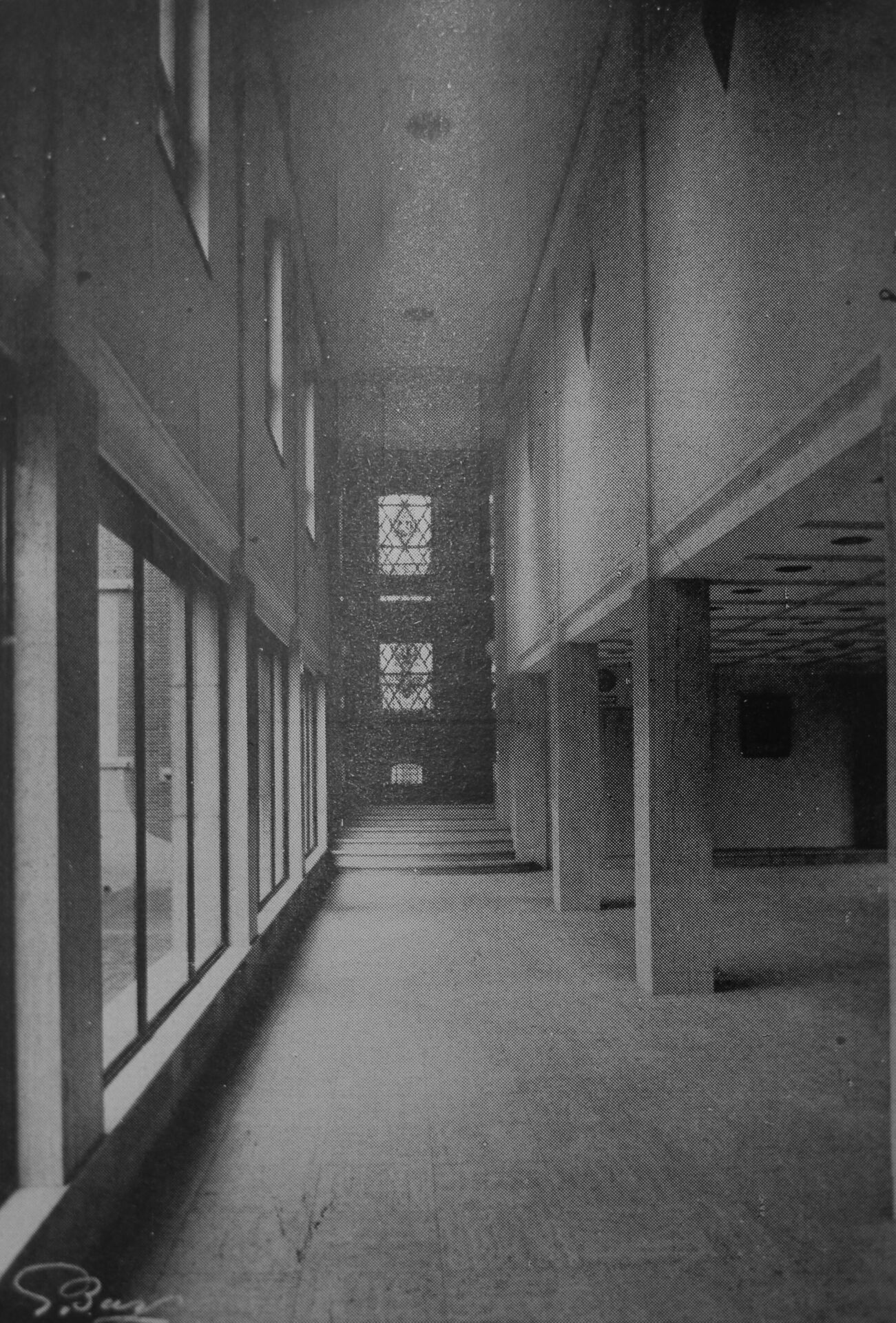
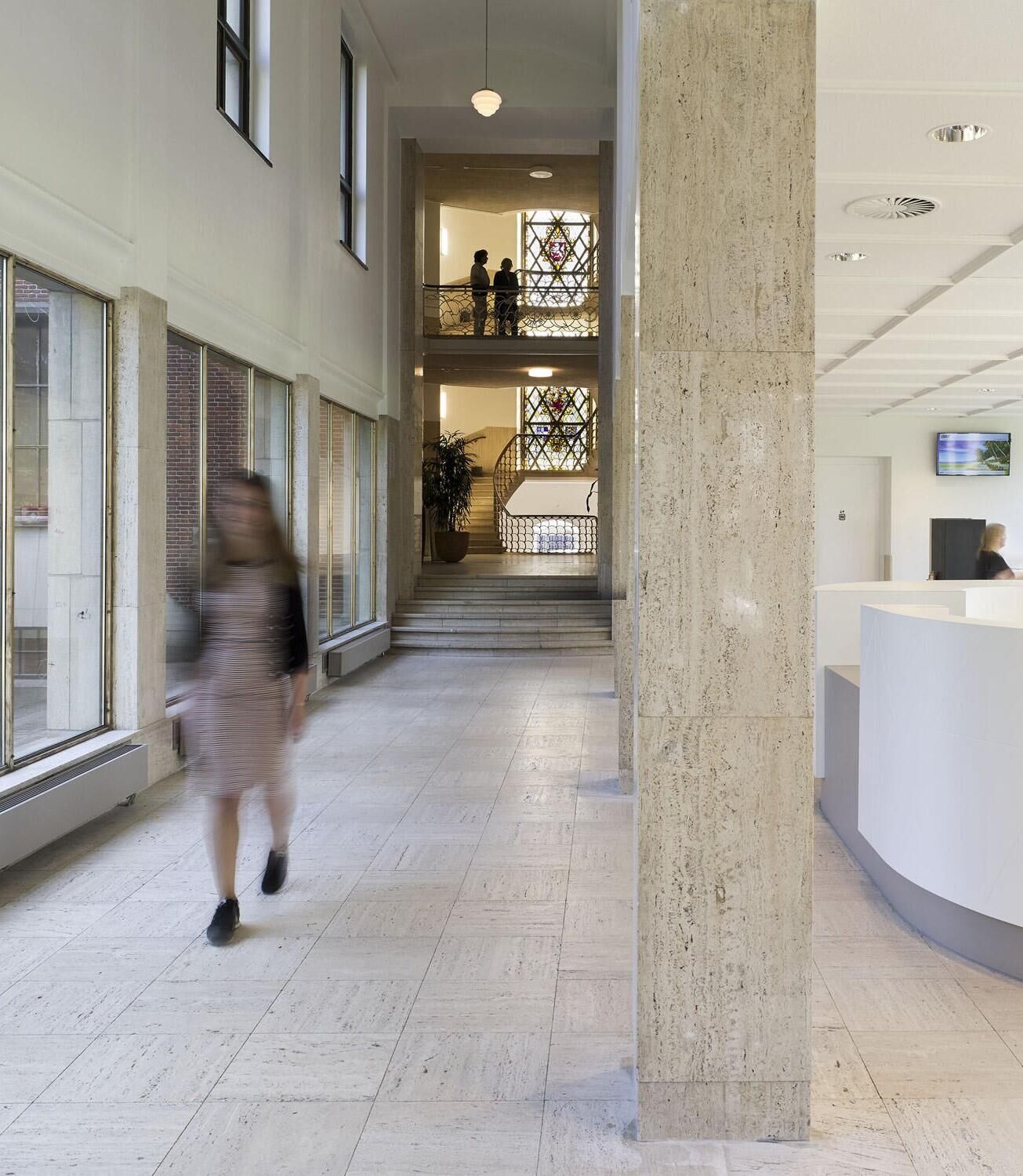
Experience and expertise
BiermanHenket has acquired the knowledge and skills necessary to comply with the ERM guidelines. The office's project portfolio contains a multitude of projects of which restoration or renovation is an important part. The design assignments are diverse and in different usage themes. A training plan is active for the knowledge carriers within the office to keep this specialist knowledge up to date, now and in the future.
